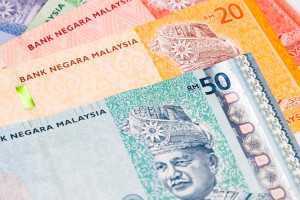
Meanwhile, Oanda Corp head of trading for Asia Pacific Stephen Innes said while local trade deficit currencies have been in speculators’ cross-hairs, the ringgit has been relatively insulated on strong terms or trade due to oil exports.
“Brent trading at almost US$80 (RM331.24) per barrel is music to the local government’s ears.
“I think when we look at the ringgit in the context of regional peers, it has survived a lot of turmoil this year from the strong US dollar narrative, higher US interest rates and (the US-China) trade war,” he said, adding that the ringgit has held up quite well even after the 14th General Election.
Although a weaker currency will make servicing external debt more expensive and add weight on budget deficits, higher oil prices are expected to serve as a balance to federal accounts.
“A weaker ringgit is less desirable from an import perspective, but it benefits exporters to a degree. However, for the local capital market to thrive, a stronger currency is much more favourable as it creates a reliable and robust bond market,” Innes said.
He expects the ringgit to appreciate to about RM4-RM4.05 by yearend, should the souring relationship between the US and China improve.

